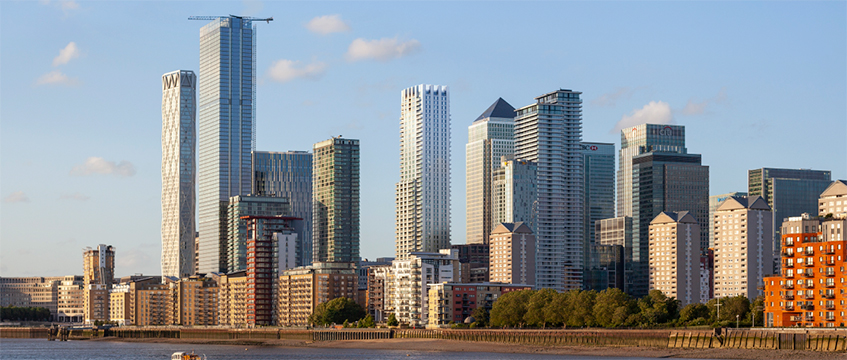Single stairs not acceptable in tall buildings
Single stairs will not be permitted in tall buildings, the government has warned developers.
In a letter sent to every planning department in England this week, the Department for Levelling Up Housing and Communities instructed authorities to refuse plans for “very tall residential buildings proposed with a single stair”.
Last year, Ballymore submitted plans for a 51-storey resi tower on Cuba Street in London’s Docklands (pictured), which featured just one stair. The plans were pulled from committee in January after the London Fire Brigade objected. Ballymore is now working on new plans for the site.
Single stairs will not be permitted in tall buildings, the government has warned developers.
In a letter sent to every planning department in England this week, the Department for Levelling Up Housing and Communities instructed authorities to refuse plans for “very tall residential buildings proposed with a single stair”.
Last year, Ballymore submitted plans for a 51-storey resi tower on Cuba Street in London’s Docklands (pictured), which featured just one stair. The plans were pulled from committee in January after the London Fire Brigade objected. Ballymore is now working on new plans for the site.
The letter from Victoria Molho, a deputy director at DLUHC, said “some design proposals appear to be based on a misunderstanding of the applicability, and selective reading, of the approved documents”.
She added that Approved Document B, which allows for a single staircase in residential buildings, is clarified by the Manual to the Building Regulations, which states the rule does not apply in the case of “very large or very tall buildings”.
The Building Regulations Advisory Committee, chaired by Dr Hywel Davies, wrote to the department in March to express its concerns that developers appeared to be misinterpreting the regulations.
The DLUHC letter said: “The department agrees with BRAC and is concerned that some very tall residential buildings are being designed on the incorrect premise that the guidance in the approved document is suitable for these types of uncommon building situations.”
Mohlo added: “It was also unclear how the design proposals would demonstrate compliance with the functional requirements of the building regulations, particularly relating to means of escape.”
To send feedback, e-mail piers.wehner@eg.co.uk or tweet @PiersWehner or @EGPropertyNews
Image © Morris+Company











